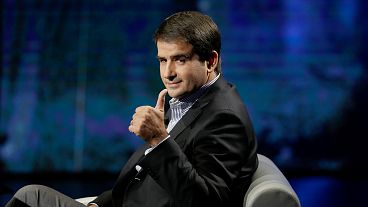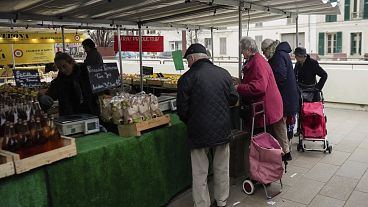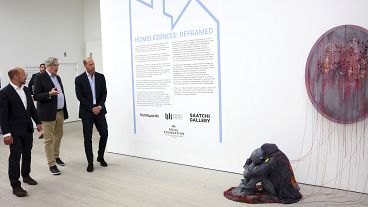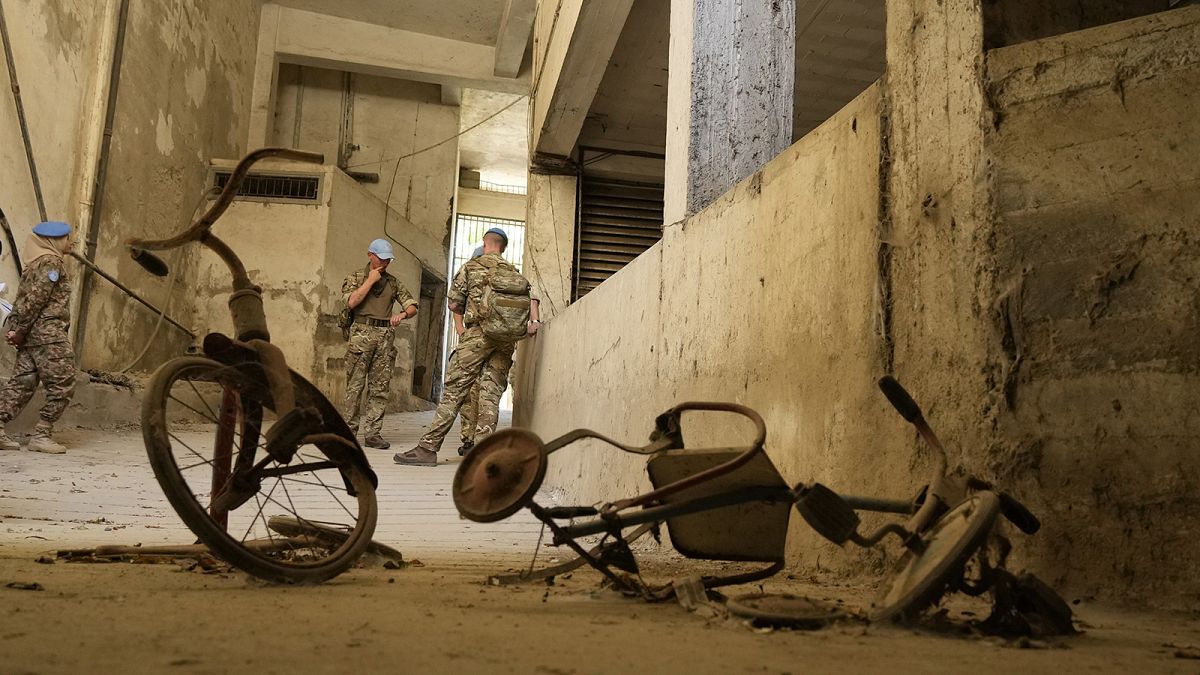The conflict in the 1960 and 1970s sparked by a Greek Cypriot coup d'etat left thousands of people dead or missing on both sides.
Since the invasion of the north of the island by the Turkish army in 1974 in reaction to a coup d'etat by Greek-Cypriot nationalists who wanted to attach it to Greece, the Republic of Cyprus, an EU member since 2004, has been divided into two parts.
The southern part of the Mediterranean island, inhabited mostly by Greek Cypriots, is ruled by a UN-recognised government, while the north, the self-proclaimed Turkish Republic of Northern Cyprus, is recognised solely by Ankara.
Five decades later, thousands of people are still missing, leaving families on both sides unable to hold funerals for them and end their mourning.
Those missing continue to be commemorated, even as the search continues.
"We are looking for our missing. It doesn’t matter whether we are looking for Greek or Turkish Cypriots. We are looking for ours, all of them belong to Cyprus," says Cypriot archaeologist Ceren Çıralıoğlu at the site of a mass grave just outside Nicosia from 1974.
The island’s Committee on Missing Persons (CMP), which is made up of both Greek and Turkish Cypriots, along with archaeologists, is trying to find the remains of those who are still missing.
Eyewitnesses have stated that at least 16 people were buried there at the time. Archaeologists monitor the search, always in pairs: one Greek Cypriot and one Turkish Cypriot.
"Archaeologists found the bones you see on these tables," says anthropologist Theodora Eleftheriou.
"We were brought boxes of them to the lab. Some bones were all jumbled together. We tried to synthesise the bones to create the skeleton of these four individuals."
Even as scientists struggle to identify the bones being discovered in Cyprus, the Committee for Missing Persons has already found almost 1,000 people, including missing civilians and soldiers, from both sides of the conflict.
“Sometimes only a few bones are found, and sometimes an entire profile of a body is revealed. But it often takes years before it becomes clear exactly who that person is. If that happens, if all the pieces of the puzzle have fallen together and identification can take place, then that is a very important moment for family and relatives. They can then finally close a chapter," Eleftheriou said.
But for some relatives, this alone can be enough.
“As bones, a skeleton he came back. But we are happy that he has finally come back, and we shall bury him next to our mother. We were very happy because now we are at the end of our story,” Kutlay Erk, a relative of one victim and the former mayor of Turkish Cypriot North Nicosia, said.
“These are the things Petros had in his pocket," said another relative. "Something of Petros. The shoes.”
One country or two states?
Cyprus has been relatively calm for years, but the situation remains tense.
The island nation gained independence from the UK in 1960, but violence sparked by Athens swiftly tore apart the combined government between Greek and Turkish Cypriots.
As all three sides — the UK, Greece and Turkey — were guarantors of peace on the island, Anakara saw protecting Turkish Cypriots, who accounted for around 18% of the population, from the Greek military junta-backed coup d'etat as part of its mandate.
Almost 160,000 Greek Cypriots were driven south, and more than a third of the island was taken over by Turkey. More than 3,000 people died.
Attempts to reunify Cyprus have so far failed.
The four-part UN-backed Annan Plan meant to restructure the island's two parts into a "United Republic of Cyprus" was rejected by 75.8% of Greek Cypriots in a 2004 referendum.
Just last week, Turkish President Recep Tayyip Erdoğan ruled out resuming talks based on the Annan Plan.
The Greek-speaking and Turkish-speaking Cypriots do not agree on, among other things, the geographical division of the island. While Greek Cypriots want reunification, Turkish Cypriots want a two-state settlement.
Brussels has admitted the entire island of Cyprus as a member state in the "Big Bang" enlargement swoop in the same year despite its ongoing issues — going against its policy of barring candidate countries from membership until they resolve their territorial disputes. The EU considers the Turkish presence in the north an illegal occupation.












